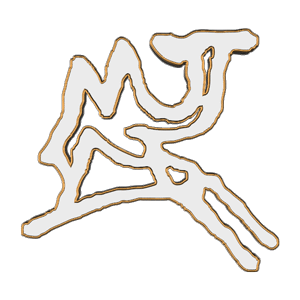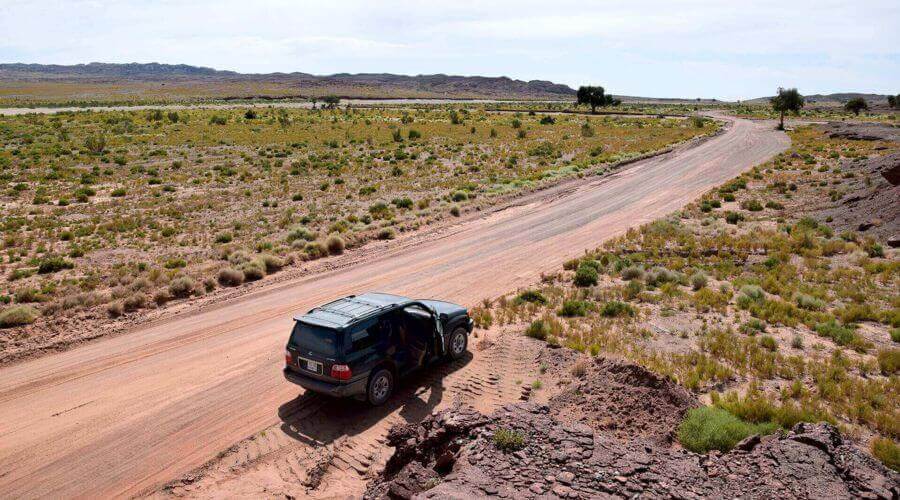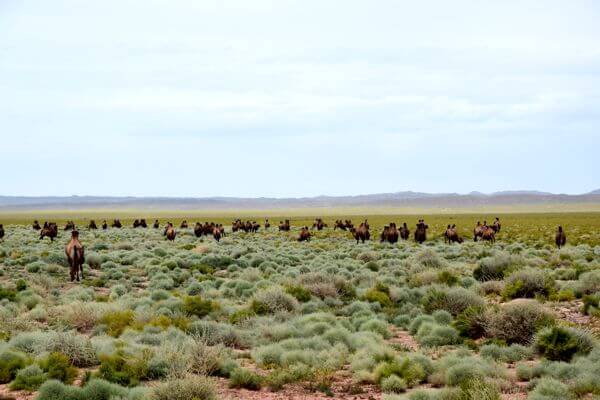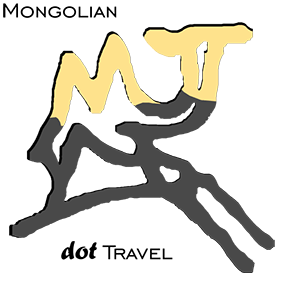The Gobi Desert is Asia’s largest desert region. It encompasses parts of China and Mongolia’s south. The Gobi Desert is bordered on the north by the Altai Mountains and Mongolian grasslands and steppes, on the southwest by the Tibetan Plateau, and on the southeast by the North China Plain. Based on climate and geography, the Gobi is divided into several separate ecological and geographic zones. This desert is the world’s fourth largest.
The Gobi is best known in history as a component of the great Mongol Empire and as the site of several significant Silk Road cities.
The Himalaya range blocks rain-carrying clouds from reaching the Gobi, creating a rain shadow desert.
The Gobi is 1,500 kilometers long from southwest to northeast and 800 kilometers long from north to south. In the west, the desert is the most expansive. It covers an area of 1,295,000 km2 (500,002 sq m), making it the fourth largest in the world and the largest in Asia. Much of the Gobi is covered in bare rock rather than sand.
The Gobi Desert is a frigid desert, and frost and snow are widespread on its dunes. Aside from being far north, it is also about 900 meters above sea level, contributing to the cold temperatures. The Gobi receives about 194 mm of rain each year on average. In the winter, snow blown from the Siberian Steppes reaches portions of the Gobi, providing additional moisture. The Gobi has temperature ranges ranging from – 40°C in the winter to +50°C in the summer due to these winds. The Gobi climate is one of enormous extremes, with fast temperature variations not only throughout the year, but even within 24 hours (by up to 40 degrees Celsius).
The average winter minimum temperature is -40 °C, while summer temperatures are mild to hot, with highs reaching 50 °C. Summer is when the majority of the rain falls.
Despite the fact that the southeast monsoons reach the Gobi’s southeast regions, the region is marked by extreme dryness, especially during the winter.
Many notable fossil discoveries, including the first dinosaur eggs, have been made in the Gobi Desert. The Nemegt Basin, located in Mongolia’s Gobi Desert, is known for its dinosaur fossils.
The Gobi Desert is home to Argali (Wild sheep), ibex, Black-tailed gazelles, the critically endangered Gobi bear (Mazaalai), marbled polecats, Bactrian camels, wild camels (Khavtgai), Wild Ass (Khulan), Mongolian Saiga, sand plovers, snow leopards, and wolves.Drought-tolerant shrubs like gray sparrow’s saltwort, gray sagebrush, and low grasses like needle grass and bridle grass can be found in the desert.




